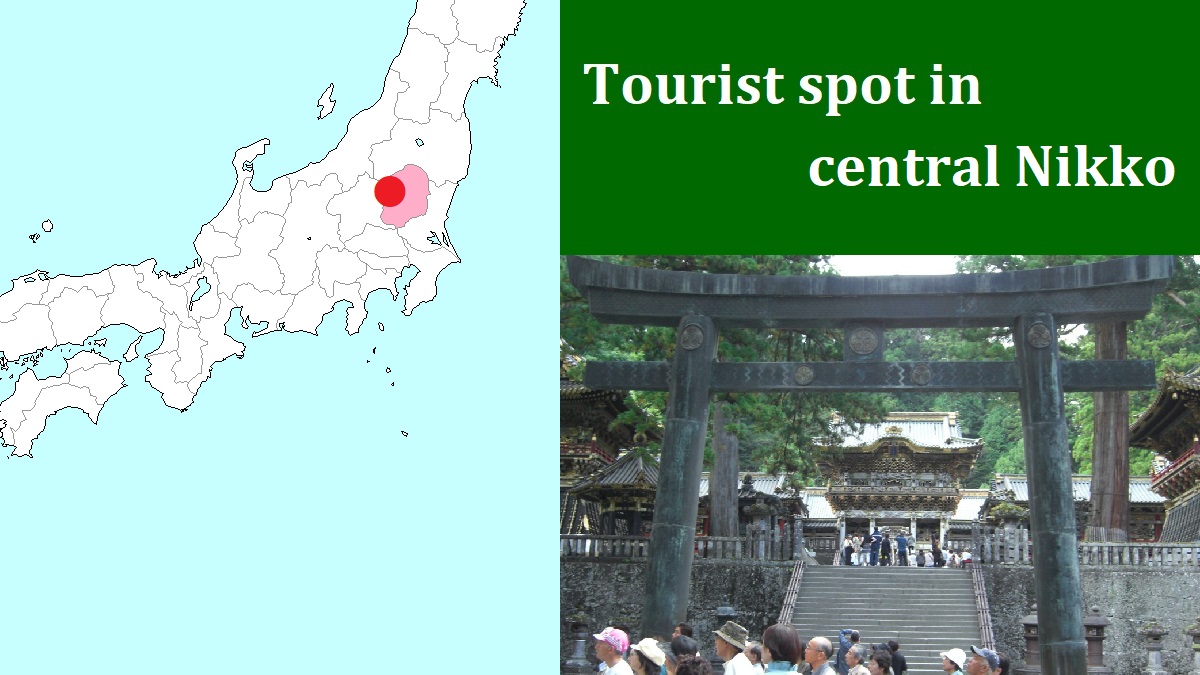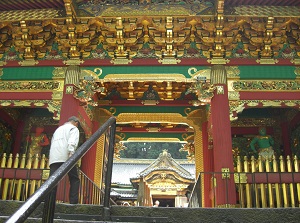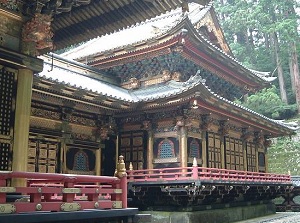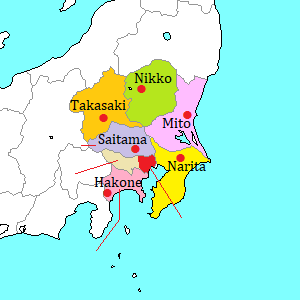Rinnoji temple [輪王寺]
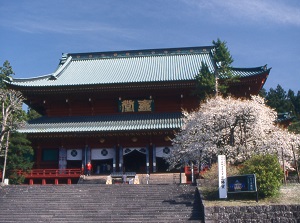
Sanbutsudo in Rinnoji
Photo by Nikko City Tourism Association
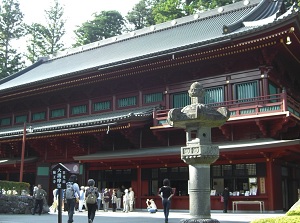
Ôgomadou in Rinnoji
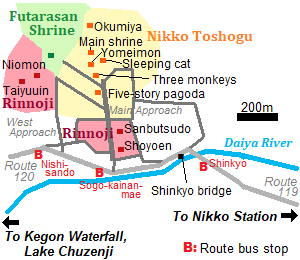
Rinnoji is a Buddhist temple complex of Tendai Buddhist sect which was introduced from China in the 8th century.
It was designated as World Heritage Site as a part of the "Shrines and Temples of Nikko" in 1999.
The precincts are located just south of Nikko Toshogu and Futarasan shrines and to the north of Daiya River and main national road.
There are more than a dozen buildings in the precincts.
It is said that the temple was founded by a high priest Shodo in 766.
He built former Rinnoji, and built a Shinto shrine next to the temple next year.
It was the former Futarasan shrine.
Also he built a temple at the lakeside of Lake Chuzenji in 784.
The name of the temple was "Chuzenji", and it became the name of the lake.
In the 9th century, famous high priests such as Kuukai and En-nin had sometimes visited here.
And En-nin built Sanbutsudo temple and a few buildings in this precincts in 848.
After the foundation of Edo government by Tokugawa Ieyasu, these had become an important temple with Nikko Toshogu shrine.
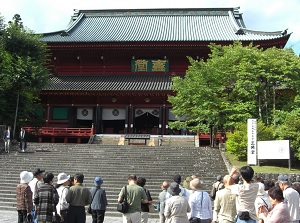
Sanbutsudo
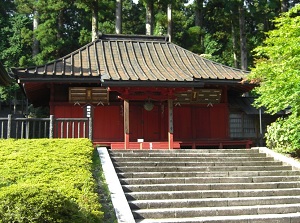
Gohoutendo
In the precincts, there is many buildings.
The central building is the above mentioned Sanbutsudo (三仏堂).
Current Sanbutsudo was rebuilt by Tokugawa Iemitsu (1604-1651), the third Shogun of the Tokugawa family, in 1645.
In Sanbutsudo, three Buddha statues are enshrined.
Each statue is over 3 meters tall and is set up on a pedestal around 4 meters high.
They symbolize the three mountain gods of Futarasan Shrine.
(Mount Nantai (2,486m), Mount Nyohou (2,464m) and Mount Taro (2,368m))
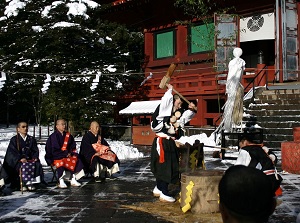
Annual event of Rinnoji in December
Photo by Nikko City Tourism Association
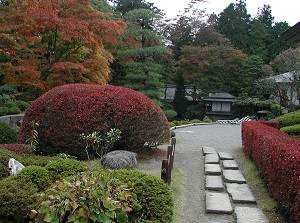
Shoyoen
Photo by Nikko City Tourism Association
There is Hômotsuden (宝物殿, Tresure museum) to the south of Sanbutsudo.
Many cultural properties of Rinnoji are stored and exhibited.
There is a Japanese garden Shôyôen (逍遥園) by the museum.
It was constructed in the early 17th century and was converted into the current style in 1815.
The visitor of the museum can enter this garden.
Taiyuuin Mausoleum (大猷院)
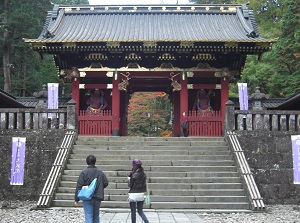
Niomon of Taiyuuin
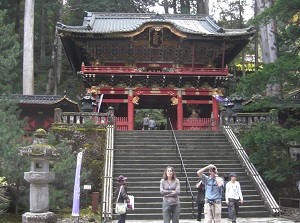
Nitenmon of Taiyuuin
Taiyuuin is the mausoleum of Iemitsu Tokugawa and was built in 1653.
It is located to the northwest of the precincts of Rinnoji, and forms the separate precincts of Rinnoji.
There are more than 20 buildings in the precincts.
And the main temple is designated as a national treasure.
Nikko Toshogu shrine may be likened to the mausoleum of Ieyasu Tokugawa.
Iemitsu said as his last word that his mausoleum should not be more splendid than his grandfather's one (Nikko Toshogu).
But this is enough gorgeous.
The entrance gate is Niomon (仁王門), and the second gate is Nitenmon (二天門).
Nitenmon is as large and gorgeous as Yomeimon of Nikko Toshogu.
The third gate is also gorgeous Yashamon (夜叉門) and four statues of guardian deity of Buddhism are in the gate.
The main temple is decorated with much gold.
How to get here
By route bus for Chuzenji or Yumoto-onsen, get off at Nishi-sando stop.
About 6 minutes from Nikko station.
Then, to Sanbutsudo, about 400 meters walk from Nishi-sando stop.
To Taiyuuin, about 600 meters walk from the bus stop.

